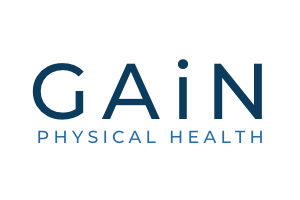groin pain
Adductor Tendinopathy
What does it feel like?
- Pain and discomfort in the groin/upper inside part of the thigh, which is worse in the mornings and post rest
- Typically the pain starts to ease once you begin moving, only to return once you stop, you can also experience pain with resisted hip adduction i.e. squeezing the thighs together.
How can it start?
- It can start with a change in training such as an increase in volume, frequency and intensity, leading to a gradual progression of symptoms, but can also occur acutely after a single event.
- It often occurs in kicking and skating athletes and sports involving frequent changes of direction.
What aggravates the symptoms?
Movements involving your thigh crossing the midline of your body (hip adduction), resisted hip adduction, explosive changes in direction, kicking a ball.
What are other associated factors?
Reduced strength of the hip adductor (inner thigh), hip abductor (glutes) and abdominals.
Here’s how Osteopathic Therapy can help:
We Investigate:
We will carry out joint range of motion tests, active range of motion tests, strength tests and pain provocation tests to help form our diagnosis and management plan.
We Diagnose:
We will diagnose your condition and rule out other causes of groin pain such as: stress fracture, hip flexor tendinopathy, hernias, nerve entrapments, pubic symphysis pain, lumbar spine, sacroiliac and hip joint pathology.
We Treat:
Adductor or groin related pain typically responds best to progressive exercise and load management strategies.
And finally, we will provide Exercise & Lifestyle Advice:
- Advice on how to progressively strengthen the adductor muscles and tendon
- How to program your exercise for optimal recovery
